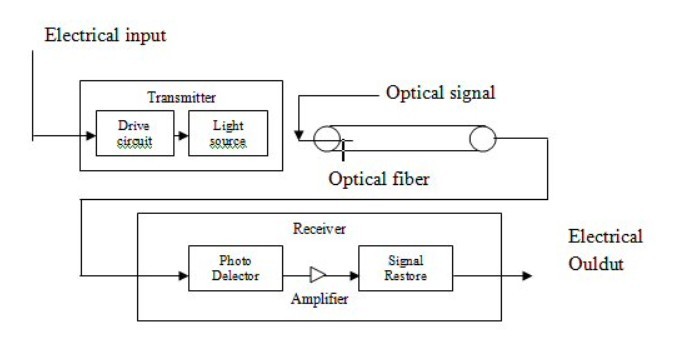Shedding Light on Optical Modules: From Definition to Application
With the rapid development of the Internet and the growing demand for data transmission, optical communication technology has become one of the important technologies in the field of modern communication, and optical modules are an indispensable part of optical communication.
1、Definition and Function of Optical Module
Optical module is a kind of electronic device that can complete the conversion between optical signal and electric signal, also known as optical transceiver module. With the advantages of high transmission rate, long transmission distance, and strong anti-interference ability, optical modules are widely used in data centers, base stations, storage networks and 5G networks. It is the core device in the fiber optic communication system and the transmission carrier between the switch and the equipment.
2、Optical Module Application
With the rapid development of 5G, big data, blockchain, cloud computing, Internet of Things, and artificial intelligence, optical modules are also gradually becoming the focus of data centers and metropolitan networks. The main application areas of optical modules include data centers, 5G bearer networks, and mobile communication base stations.
2.1 Data Center
In order to realize the normal work of various Internet services and application markets, data centers are required to operate together. The real-time mass interaction of information between data centers creates the need for data center interconnection, and fiber optic communication becomes the necessary means to achieve interconnection. Different from the traditional telecom access network transmission equipment, data center interconnection to achieve a larger amount of information, more intensive transmission, the switching equipment required to have a higher speed, lower power consumption, and more miniaturized. A core factor in determining whether these properties can be realized is the optical module.
2.2 5G Bearer Network
5G bearer network is divided into metro access layer, metro aggregation layer and metro core layer/provincial trunk. Optical modules play a key role in 5G pre-transmission network and intermediate backhaul network, including 25G SFP28 optical modules, 25G, 50G, 100G, 200G and 400G optical modules.
2.3 Mobile Communication Base Station
Operators' mobile communication base stations require optical modules for high-capacity and high-speed data transmission to interconnect equipment, and optical modules can provide reliable fiber optic transmission solutions to support the development and operation of mobile communication networks. In 4G network, the equipment used for BBU and RRU connection is mainly 1.25G, 2.5G, 6G and 10G optical modules.
3、Optical module working principle
At the transmitting end, the electric signal is generated by the electric drive chip to produce a high-speed current signal, and then the current signal is converted into a laser beam with high coherence and high monochromaticity by a laser. The optical signal is transmitted through optical fiber to the receiving end.
At the receiving end, the light signal is received by a photo detector, which converts the light signal into a current signal, which is amplified by an amplifier circuit. Subsequently, the current signal is limited by the limiter circuit, and then demodulated and shaped by the electric signal processing chip to finally get the digital signal.

Figure 1 Working Principle of Optical Module
In general, as a basic component for building modern high-speed information network, optical module has a broad development prospect. It is like a highway in the network world, constantly iterating and upgrading to make network transmission faster and more stable.
About Us
Anketi is a start-up enterprise in providing a wide range of high-speed optical solutions for optical communication networking, especially for Data Center and Telecom applications. If you have any needs, feel free to contact anketitech.info@gmail.com.





